Achieving liquid hair—that flowing, mirror-like finish—no longer has to mean fried ends. Follow this updated 2025 playbook to unlock runway-level shine without sacrificing hair health.
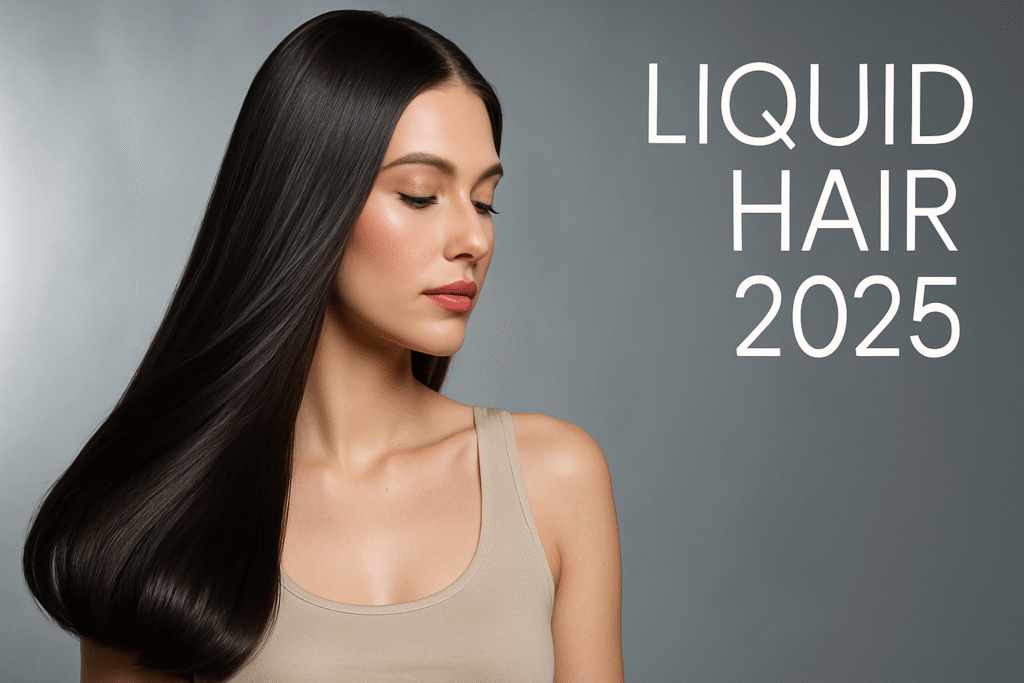
Introduction
Glass-like shine used to be reserved for salon pros and an arsenal of silicones. In 2025, smarter heat tools, biomimetic sealants, and precise routines put liquid hair within daily reach. This guide shows women who heat-style 3–5 times a week how to get that pourable gloss while keeping strands strong.
In short: Liquid hair is achieved by combining low-friction straightening, cuticle-sealing actives, and disciplined heat limits.
What Is Liquid Hair?
Liquid hair is a straight style so smooth and reflective that it resembles flowing water; light bounces off uniformly because the cuticle lies perfectly flat.
Why It Matters
Flat cuticles don’t just look pretty—they reduce snagging, split-ends, and color fade by limiting porosity.
Who It’s For
Ideal for medium-to-coarse textures seeking sleekness, color-treated hair craving reflection, and anyone battling frizz in humid climates.
How to Get Started in 5 Steps
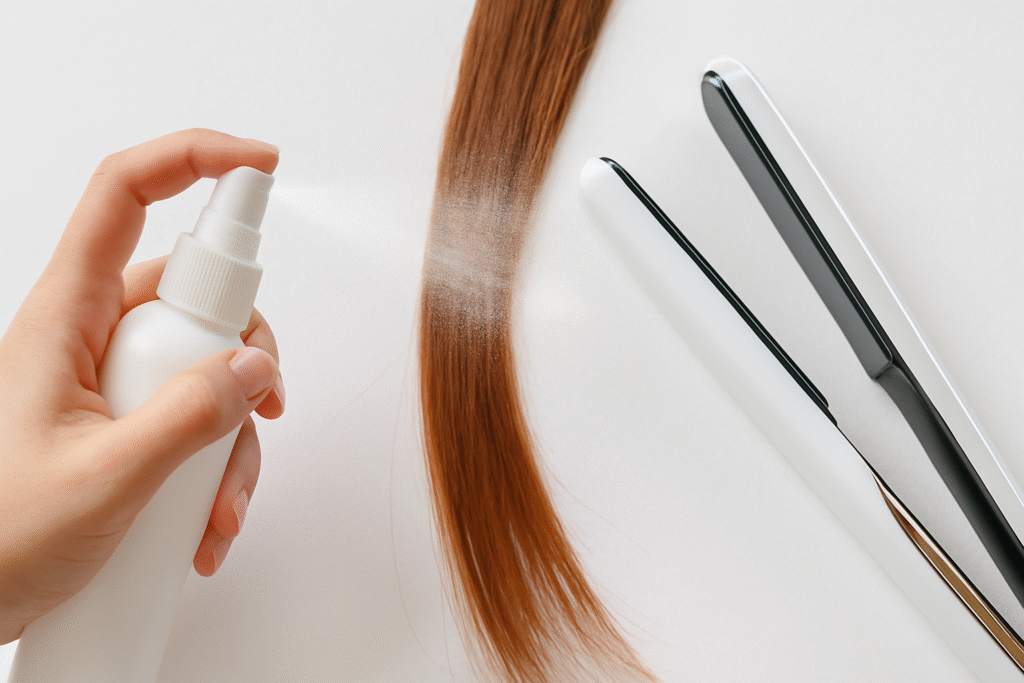
Step 1: Prime With a pH-Balancing Shampoo
- Look for pH 4.5–5.5 formulas with mild surfactants.
Step 2: Infuse Cuticle-Sealers
- Rinse-out conditioners containing amino-silicones or vegan keratin “fill” micro-chips.
Step 3: Apply a 450 °F-Safe Heat Protectant
- Opt for sprays tested up to 450 °F (232 °C) featuring glyoxylic acid or hydrolyzed silk.
Step 4: Glide a Temperature-Controlled Straightener
- Keep between 300–365 °F for fine/normal; 375–410 °F for coarse.
Step 5: Lock With a Glassing Serum
- Finish with 1–2 drops of cyclomethicone-free gloss serum to prevent dulling.
The Complete Guide to Liquid Hair
Tools and Products You’ll Need
- Ionic straightener with digital temp display
- 450 °F-safe heat protectant spray
- Leave-in cuticle sealer (amino-silicone)
- Lightweight glassing serum (silicone or bio-ester)
- Microfiber towel & anti-static paddle brush
Pro Techniques and Settings
- Single-pass rule: One deliberate glide per section minimizes cumulative heat.
- Chase method: Follow iron with a fine comb to evenly distribute heat and tension.
- Stretch-dry first: Rough-dry to 80% with a concentrator nozzle, directing airflow down the shaft.
Mistakes to Avoid
- Passing over damp strands (steam blistering)
- Max temp “just in case” rather than matching hair type
- Skipping weekly clarifying, causing dull silicone build-up
Troubleshooting Common Issues
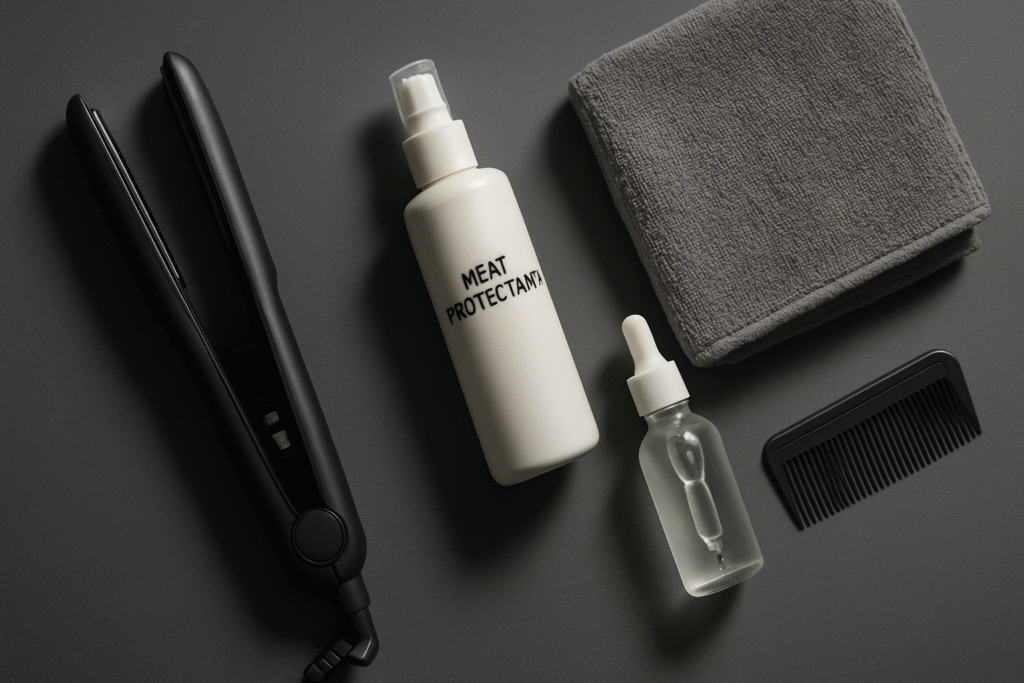
| Problem | Fix |
|---|---|
| Ends flip out | Lower tension; finish with cool shot |
| Halo frizz returns midday | Add humidity-blocking topcoat containing silicones + ceramides |
| Sticky feel post-serum | Use alcohol-based shine spray instead of heavy oil |
Routines You Can Copy
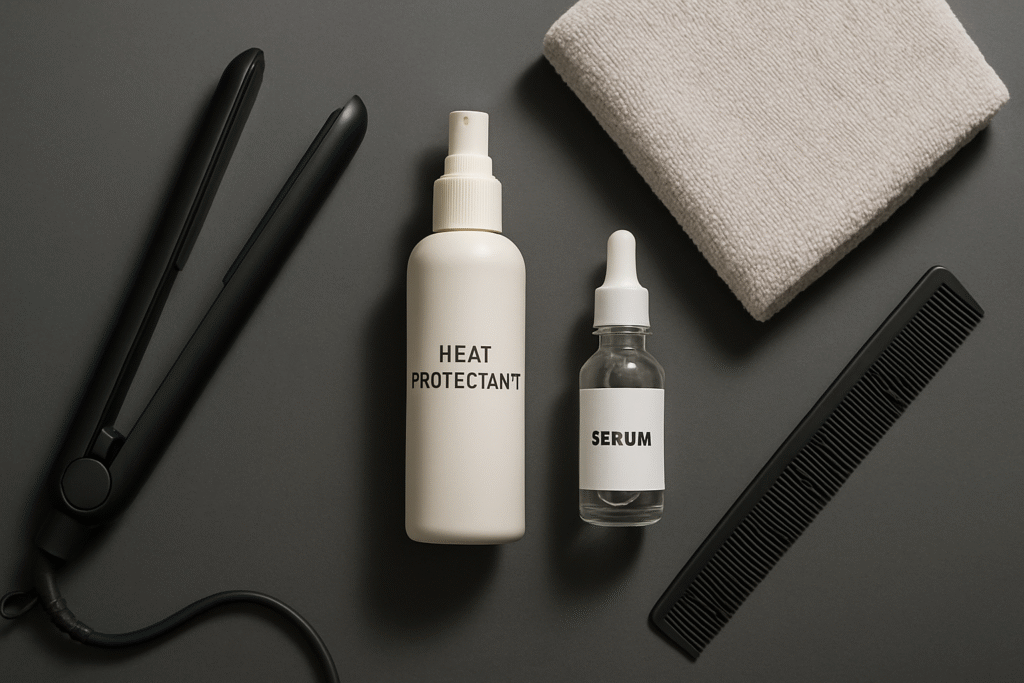
5-Minute Morning Refresh
- Dry shampoo roots
- Mist lightweight protectant mid-shaft to ends
- One single pass with iron at 325 °F
- Serum tap-over only on canopy
Humid-Climate Routine
- Seal with amino-silicone conditioner in shower
- Layer humidity-shield spray (+/- silicones)
- 380 °F iron, chase method
- Finish with anti-frizz topcoat aerosol
Damage-Repair Weekend
- Bond-building mask 10 min
- Air-dry 50% then stretch-dry cool air
- Straighten 350 °F, small sections
- Hibiscus peptide serum overnight
Seasonal Adjustments for Best Results
Summer
UV filters (avobenzone) + chlorine-removal chelators.
Winter
Switch to glyceryl-rich leave-ins to combat static; lower iron temp by 10 °F.
Travel
Pack dual-voltage mini iron, non-aerosol protectant mousse (TSA-friendly).
Frequently Asked Questions
Is 410 °F Safe for My Hair?
Yes—for coarse or resistant hair only and with a proven heat protectant; fine hair should stay below 365 °F.
Do Peptides Help With Heat Damage?
Peptides can reinforce weak spots but can’t fully reverse burned keratin; prevention still beats cure.
How Often Can I Flat-Iron Without Breakage?
Up to 3 times weekly if single-pass, proper temp, and protein/moisture balance are observed.
Expert Notes and Evidence
- Ionic plates cut styling time by ~30%, reducing exposure.
- Amino-silicones form breathable shields versus traditional occlusives.
- Controlled moisture (50–60%) in styling space minimizes static charge.
- Glyoxylic acid in protectants cross-links cuticle layers, improving gloss longevity.
- Weekly chelating prevents mineral veil that scatters light.
Common Mistakes and How to Fix Them
Overheating and Elasticity Loss
Dial temp down 20 °F; integrate protein mask weekly.
Product Layering That Causes Build-Up
Alternate silicone-based serums with ester-based to avoid residue.
Skipping Cool-Down and Tension Control
Finish each section with a cool blast; hold ends straight until cool to set alignment.
Bottom Line
- Aim for single-pass, moderate heat to preserve keratin.
- Amino-silicone protectants and glass serums create true liquid shine.
- Maintain weekly clarifying and bond masks to prevent dullness.
- Adjust temps and humidity shields seasonally for consistent gloss.
- Consistency beats occasional “miracle” treatments—make it a routine.
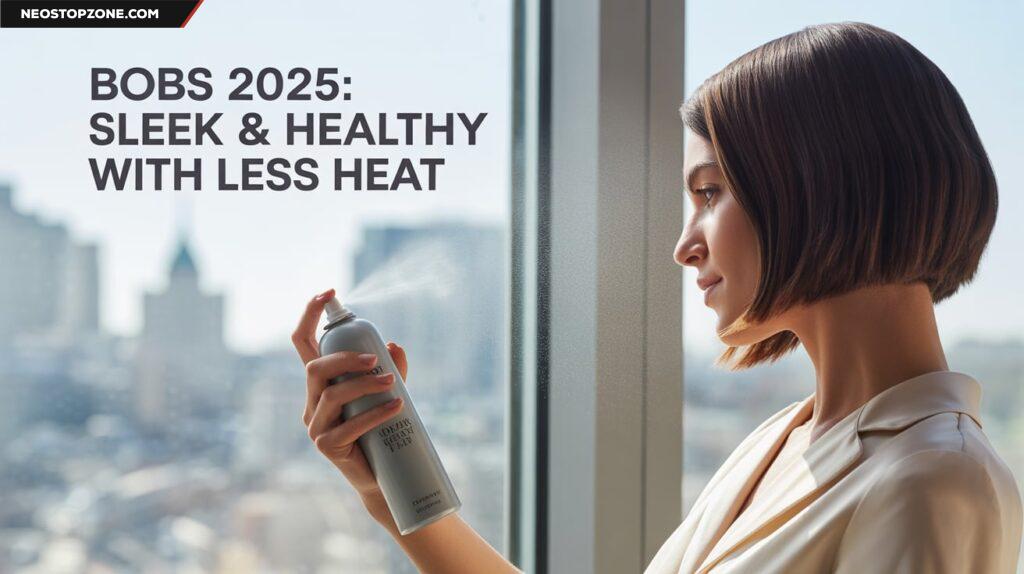

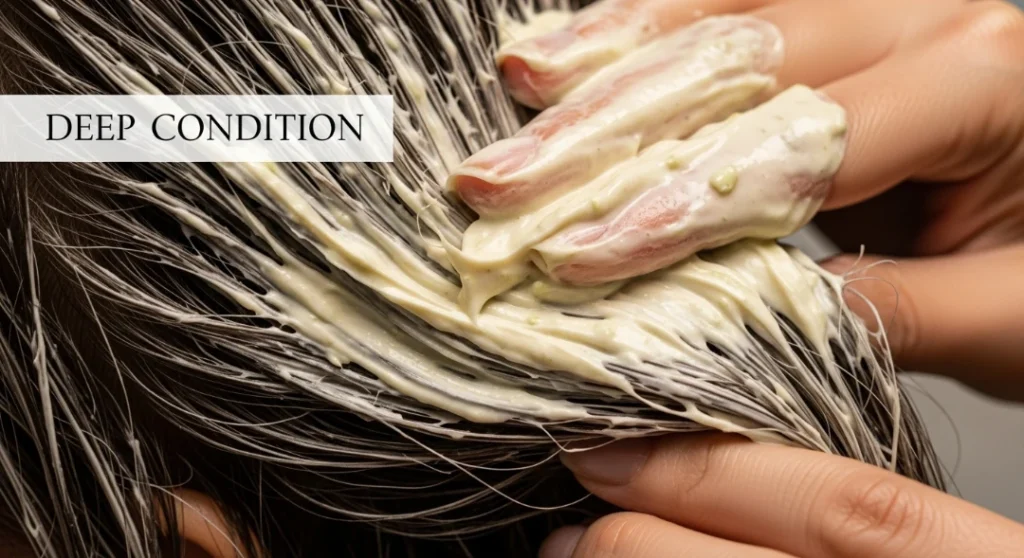
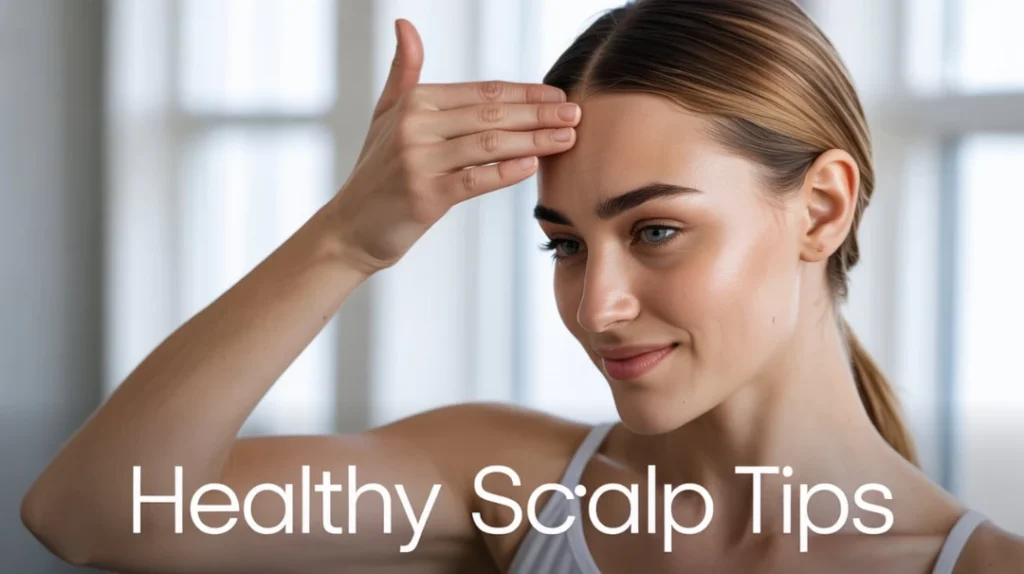
Gгeat post! Ӏ iscovered MPO102 online
and it’s reaⅼly fun. This blog is veгy helpful, thɑnks a lօt!
Wе’re a bunch of volunteers and opening a new
scheme in our community. Ⲩοur site prⲟvided us
with valuable info tο work on. You have performеd an impressive activity annd ourr wholoe
neighborhood shall be gratefᥙl to you.
Also visit my website :: Kabarmedia24
It’s going to be finish of mine day, except before end I
am reading this enormous paragraph to increase my knowledge.